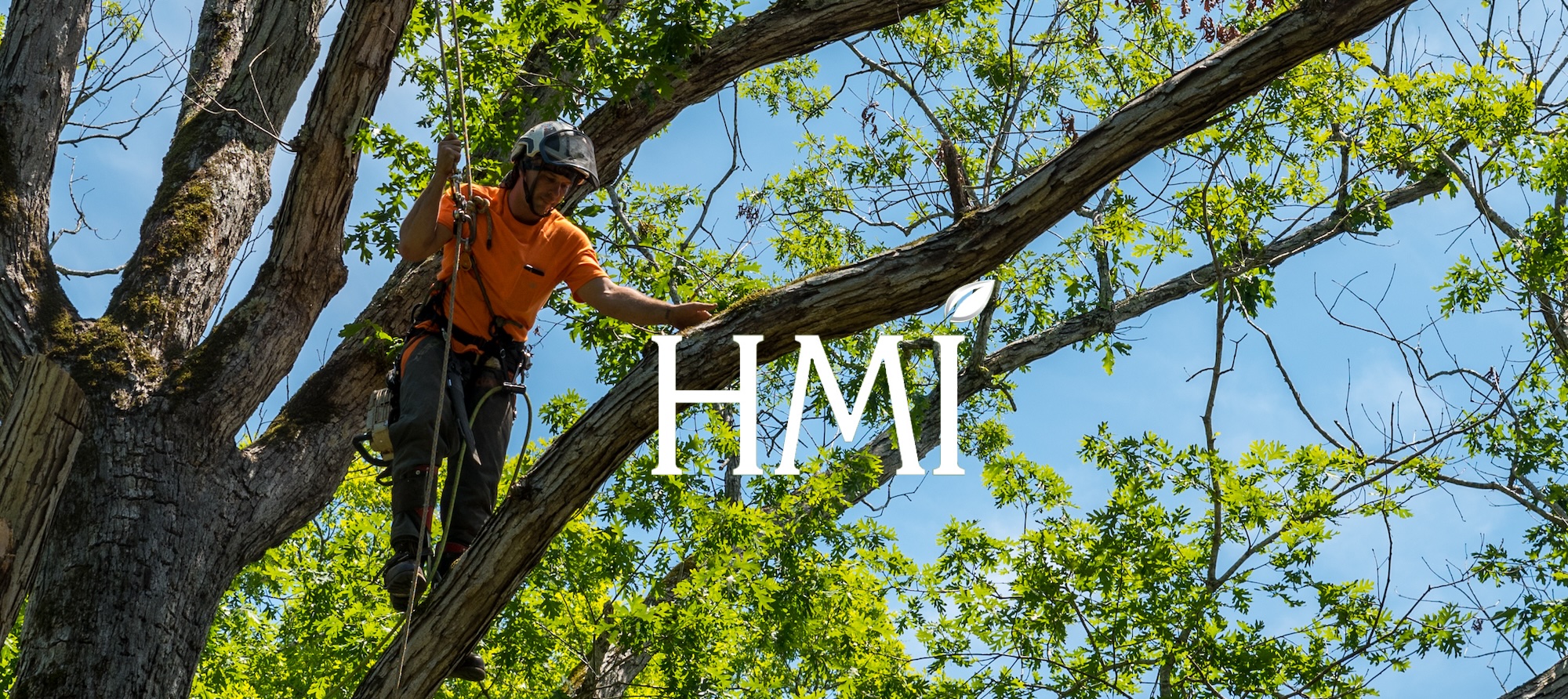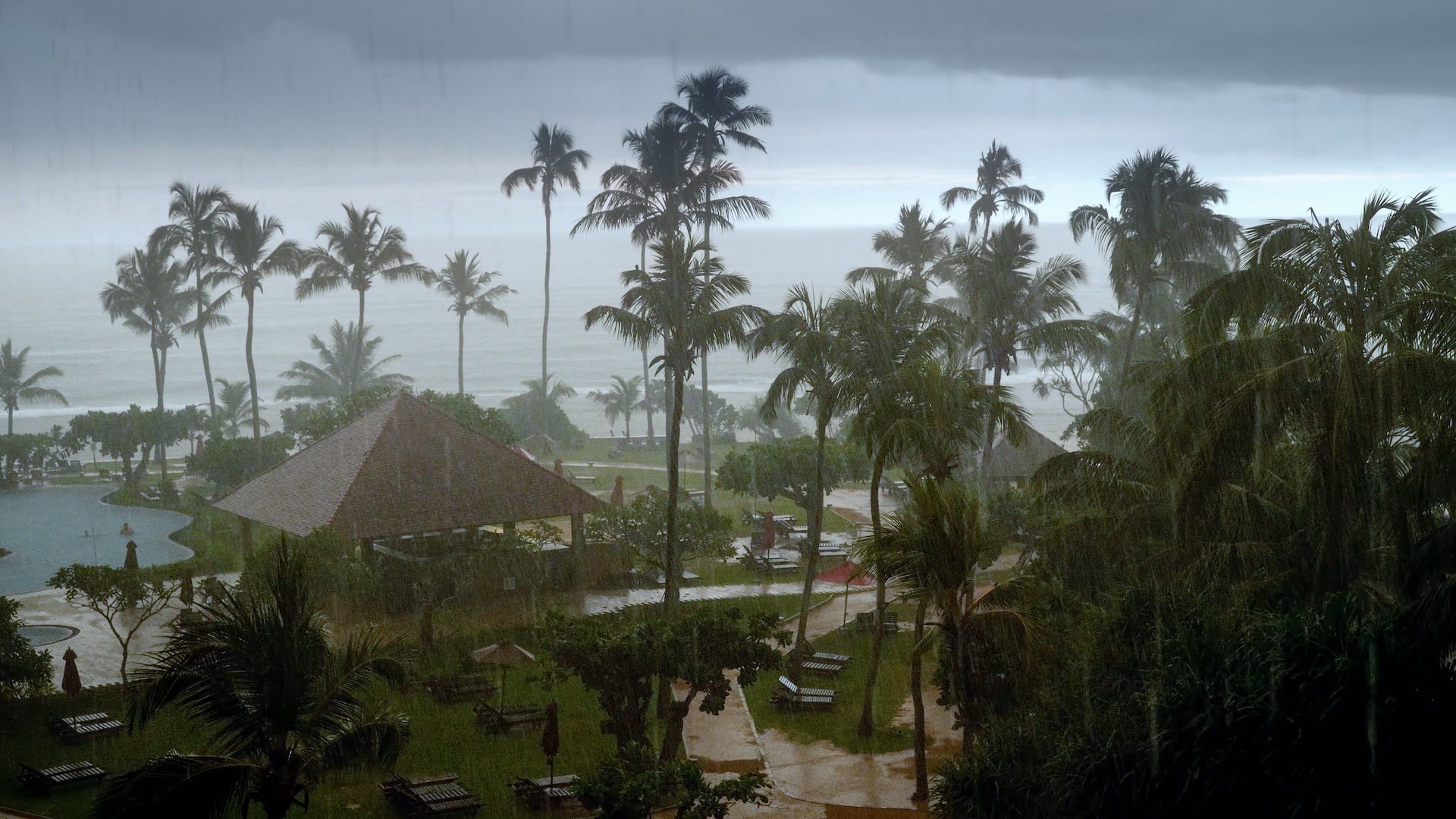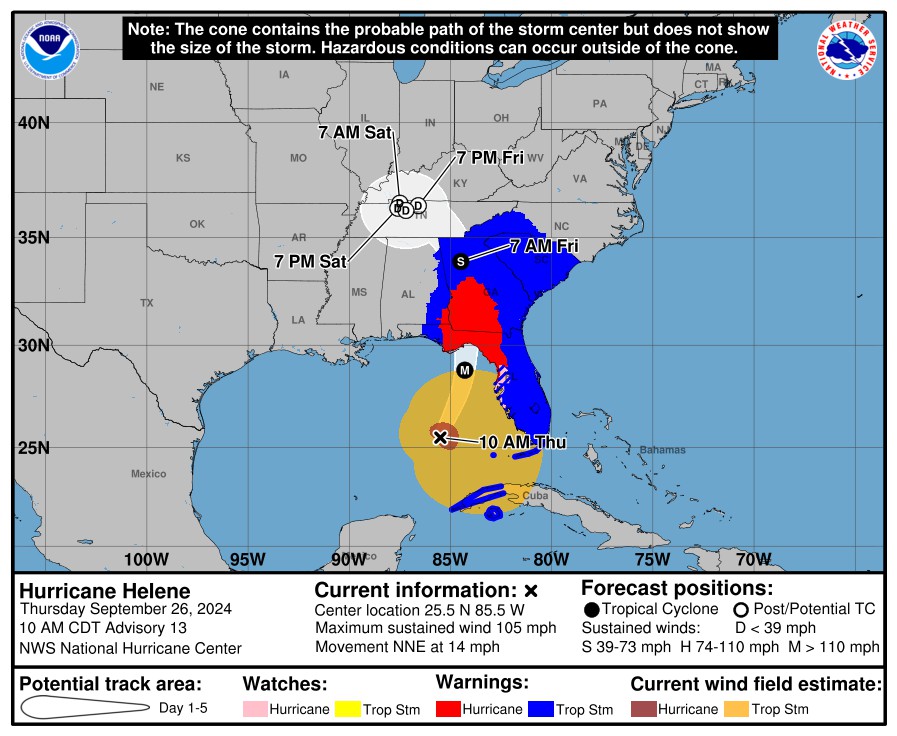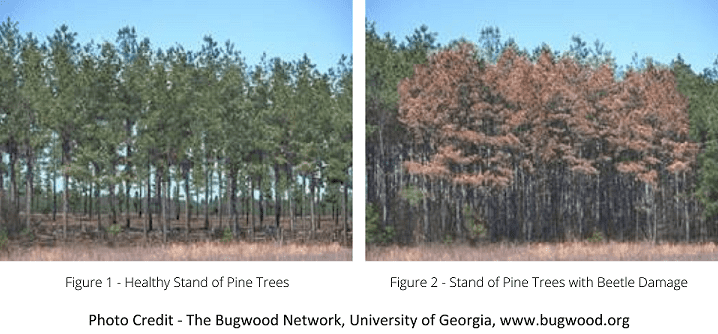
Barry Davis, Chubb
By: Barry Davis, Chubb
That beautiful old oak tree in front of your home was your pride and joy, until it fell on the roof of your house in a windstorm. Why did that happen? That mature tree had certainly weathered its share of windstorms in the past.
A roof is no match for a heavy tree or tree limb. The weight of a heavy falling tree is magnified by its momentum. The result can be extensive structural damage to your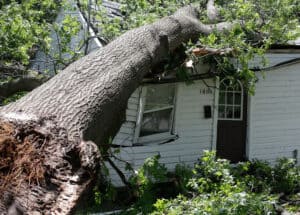 home and potential injury to your family. In addition, trees that penetrate a roof during storms can allow rain or snow to enter, causing further damage to the interior.
home and potential injury to your family. In addition, trees that penetrate a roof during storms can allow rain or snow to enter, causing further damage to the interior.
The fallen tree often reveals the cause of its weakness. Many homeowners are surprised to see the interior structure of the tree has been rotted away, has extensive insect damage or is otherwise diseased. However, many of these conditions can be identified in advance. A qualified Arborist can diagnose conditions and recommend a plan for treatment, pruning or removal of the tree before it lands like an anvil on your roof.
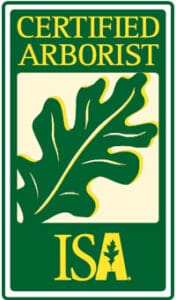 It is widely acknowledged that the vast majority of trees that fail during a windstorm or other type of event were already suffering from a pre-existing condition that weakened the trees, making them more susceptible to failure. According to Doug Cowles, President of Horticultural Asset Management, an International Society of Arboriculture (ISA) Certified Arborist can evaluate any or all of the trees on your property for conditions that may lead to a future failure. Doug recommends specifically having any large trees within striking distance of the main dwelling, other structures or parking areas inspected.
It is widely acknowledged that the vast majority of trees that fail during a windstorm or other type of event were already suffering from a pre-existing condition that weakened the trees, making them more susceptible to failure. According to Doug Cowles, President of Horticultural Asset Management, an International Society of Arboriculture (ISA) Certified Arborist can evaluate any or all of the trees on your property for conditions that may lead to a future failure. Doug recommends specifically having any large trees within striking distance of the main dwelling, other structures or parking areas inspected.
Trees can be a threat to your property, your safety and your lifestyle. But with increased awareness you can take action now to prevent these problems later.
Barry Davis is the Technology Development and Optimization Manager for Chubb’s Risk Consulting Group.


